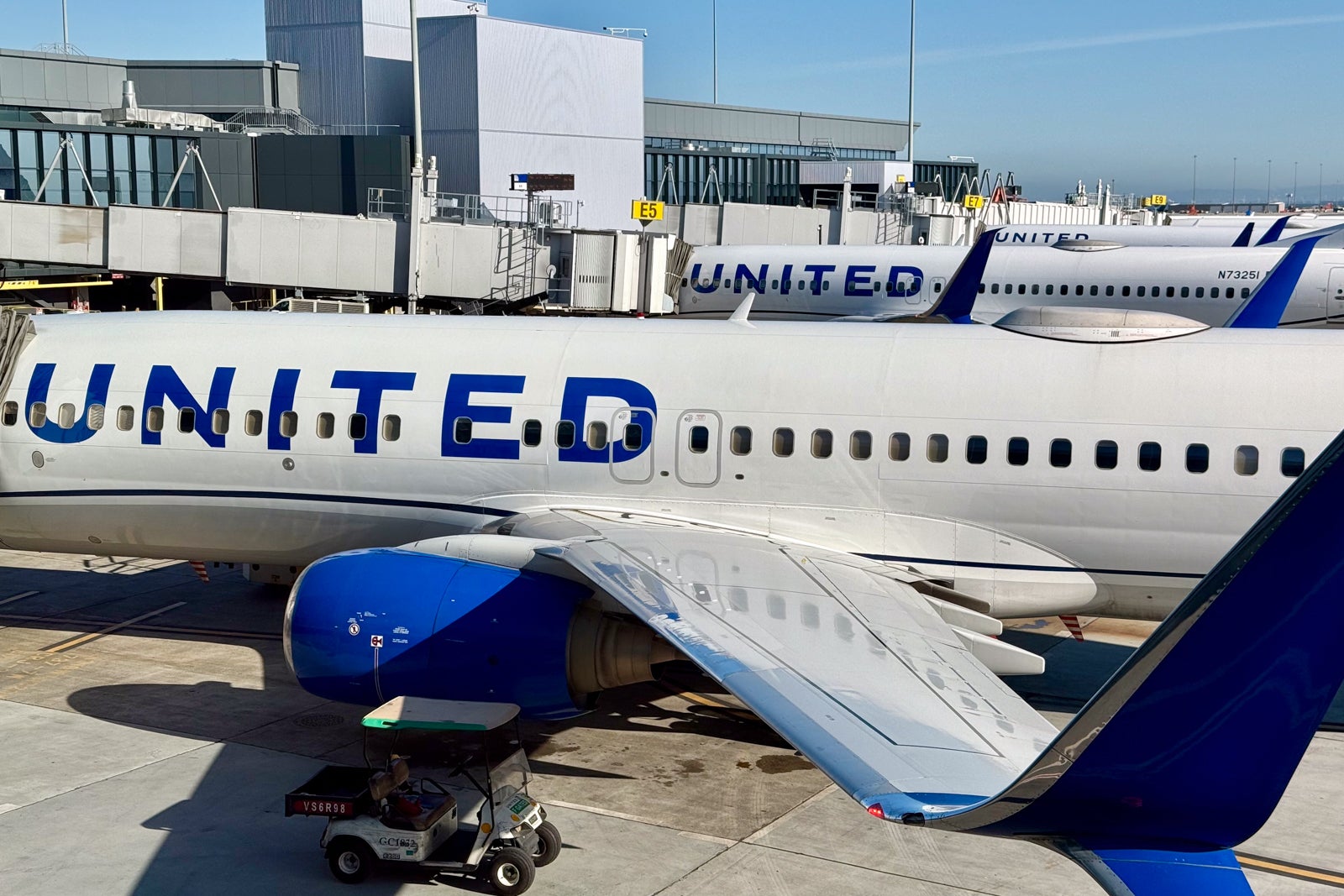Amidst a sea of changes in the airline industry, United Airlines is strategically altering its flight schedule to better align with current demands. The airline is proactively responding to economic concerns by reducing some flight frequencies, yet sees potential for growth in international travel this summer. Passengers continue to value premium offerings, signaling diverse needs amidst fluctuating economic conditions.
United Airlines reported a notable profit as it navigates a period of economic uncertainty. The company is making cuts to off-peak flights, particularly early morning and late night slots, but remains optimistic about the upcoming travel season. Economic challenges have not deterred their confidence in providing luxurious travel experiences, pointing towards the resilience of premium travel demand.
To tackle waning travel demand, United Airlines announced it is trimming flights scheduled during non-peak hours. The most significant changes are set to occur in the third quarter. This includes cutting capacity on routes to Canada and red-eye flights, as well as routes typically utilized by governmental travelers. Passenger bookings from Europe have decreased by 6% compared to last year, and by 9% from Canadian travelers.
Despite booking declines weeks ago, United executives see a silver lining. Chief commercial officer Andrew Nocella shared that the drop has not worsened further. There’s still robust demand for summer travel with bookings slightly surpassing last year’s figures. United, much like Delta, is focused on catering to high-dollar travelers and remains positive about its eclectic long-haul routes and premium services such as Premium Plus and Polaris.
United is set to unveil new routes, including nonstop flights to intriguing destinations like Greenland and Mongolia next month. There has been no significant decline among high-end consumers willing to pay for premium experiences, according to Nocella. He believes economic uncertainties affect budget travelers more than those seeking luxury. United’s loyal customer base is expected to remain strong, offering more support than competitors during potential economic downturns.
Another indicator of consumer confidence in United is seen in their spending on the airline’s cobranded credit cards, which increased by 9% in the year’s first quarter. These trends appear to persist into April, supporting the notion that consumers are still willing to invest in significant purchases. However, further schedule cuts could occur if economic predictions become more grave.
Continuing its strategy in 2025, United has expedited the retirement of 21 of its oldest aircraft. The airline plans to replenish its fleet with hundreds of new jets focusing primarily on long-haul widebody aircraft such as the Boeing 787 Dreamliner.
Anticipation builds as United prepares to launch its new free, high-speed Starlink-powered Wi-Fi service on United Express regional jets next month. The first mainline jet is set to be equipped with this innovative internet service by the end of 2025. MileagePlus members will enjoy free access, augmenting United’s already valued passenger experiences.
Recently, United gained control over six more gates at Chicago’s O’Hare Airport, heightening its presence against rival American Airlines. Despite American’s seat numbers increasing by 22% this summer, United retains a significant lead with 29% more seats on offer, underscoring its dominant position at this strategic hub.
As United Airlines navigates the shifting skies of economic challenges, its commitment to premium experiences and expansion into new markets paints an inspiring picture. The airline’s adaptability and focus on customer satisfaction emphasize a dedication to meeting diverse travel needs even amidst uncertainty.





